
Author: John Paddon
-
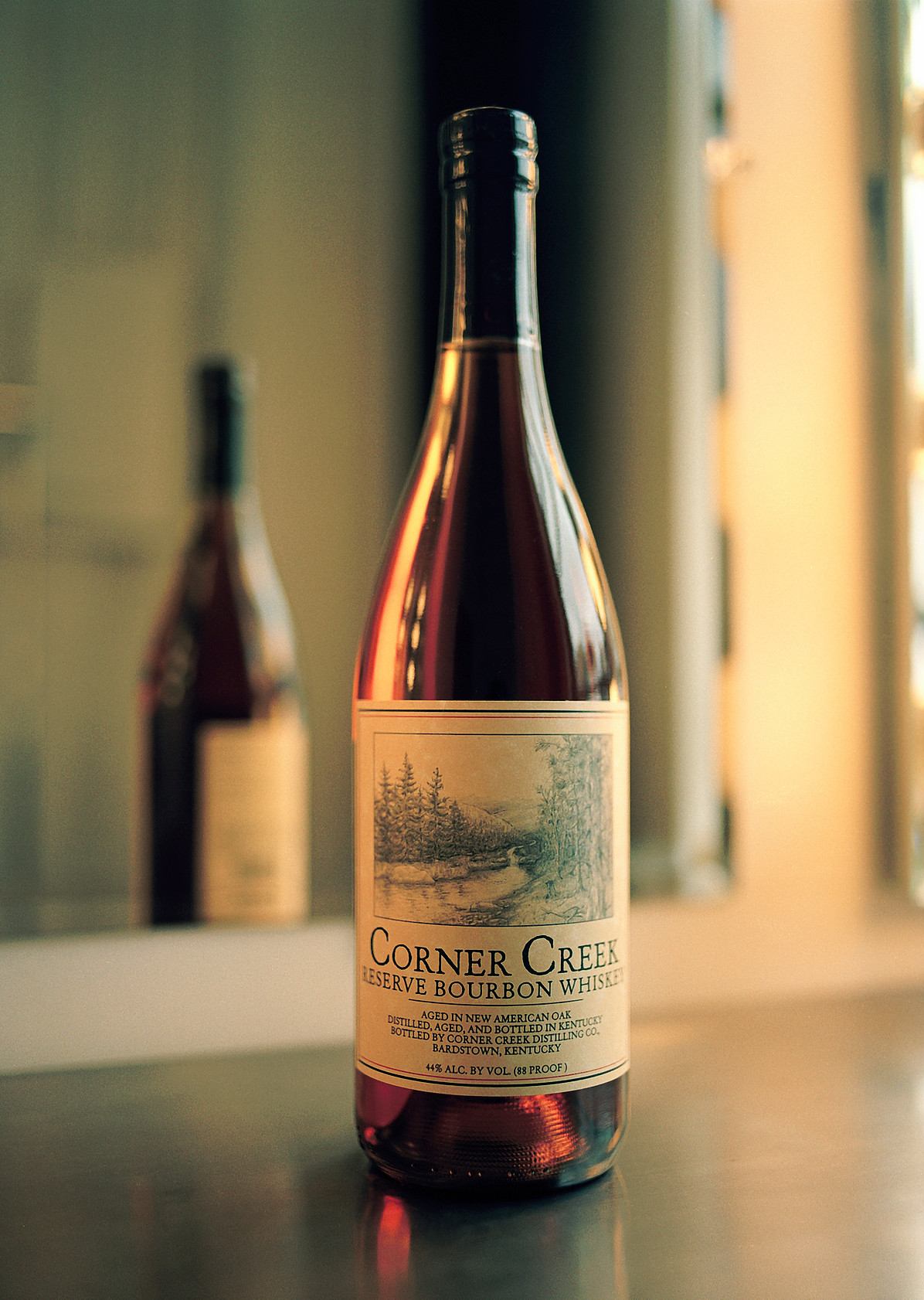
Corner Creek Reserve Bourbon
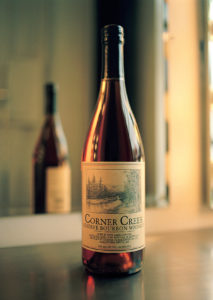 One of my favorite bourbons. It is my bell weather for a brown spirit program. Corner Creek has no real marketing budget so the people that have it on the back bar found it on their own. Corner Creek is not expensive so anyone can afford it, but you just have to know enough to have it on the shelf. They just signed a marketing agreement with Espiritus so hopefully it will be found soon around the country.
One of my favorite bourbons. It is my bell weather for a brown spirit program. Corner Creek has no real marketing budget so the people that have it on the back bar found it on their own. Corner Creek is not expensive so anyone can afford it, but you just have to know enough to have it on the shelf. They just signed a marketing agreement with Espiritus so hopefully it will be found soon around the country.
-
Be careful what instructions you give Employees
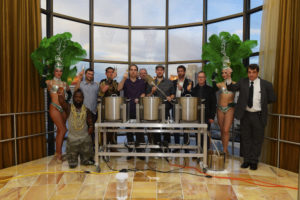
BREW DOGS — “Caesars Palace” — Pictured: (l-r) — (Photo by: Bryan Steffy/Esquire Network) I actually appeared on an episode of Brew Dogs, and got a chance to meet the founders. A really good time all around, and I like that they really push the boundaries having topped their own world record for alcohol content several times, but it has been a bad week for brew dogs. They have been taking a beating in the press this week over lack of profitability and disgruntled shareholders. They really did not need this latest news.
Brewdog worker prints ‘Mother ——‘ on cans
Source: the drinks business
by Neal Baker
14th April, 2016
A brewery worker at craft beer brand Brewdog has been given Employee of the Month after printing ‘Mother —— Day’ on a batch of its most popular beer without telling company bosses.
The batch of 200,000 cans of Punk IPA had to be recalled after Brewdog management were made aware when customers uploaded images of the cans on to social media.
Graeme Wallace, a packing manager at the Scotland-based company, was annoyed at bosses demanding employees “be more punk”, and decided to print the swear on the bottom of the beer cans.
Pictures of the cans have emerged from across the UK.
Confused customers then contacted Brewdog, alerting bosses to the prank. All remaining cans from the batch then had to be recalled at the expense of the brewery, according to reports.
However, the company seems to have found the funny side, awarding Wallace Employee of the Month.
A Brewdog spokesperson said: “At another company, someone responsible for a prank like this might have been given the heave ho. At BrewDog, Graeme was awarded Employee of the Month”.
https://www.thedrinksbusiness.
com/2016/04/brewdog-worker- prints-mother-fer-on-cans/ -
Why the 750ML became the standard Bottle Size?
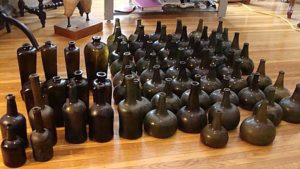
Various Bottle Sizes Circa 1620 As a teacher of Wines, Spirits and all things food and beverage for almost 2 decades I was questioned a lot. Whenever questioned on a topic, I always made it a habit to go reconfirm my information. When out earlier this week, a gentleman at the bar was drinking a bottle of wine by himself and explained that a bottle used to be considered a daily ration and so did he. I always taught that 750ml became the standard in Europe when the majority of glass making moved to England with their coal fired glass shops in the late 18th and early 19th centuries. Not so coincidentally that is when cork as a closure also became the standard. I taught my classes that 750ML was the average that was set by glass producers that wanted to make glass quickly and this was roughly the lung capacity of the average male in those days. One breath equaled one bottle. A very model of efficiency. But as I was questioned, I went back and looked up my old assumptions.
This like so many things in the history of the alcohol business, seems to be up for debate. Historical

19th century wines from La Tour d’Argent in Paris references actually refer to both a daily ration theory, and a lung capacity theory and a third has to do with the size, shape and weight being the ideal for that time period to travel with. So now if someone tells me that a 750ml is a daily ration of wine, now I will simply respond, “For Ben Franklin you are probably right, but the Surgeon General today may disagree with you.” He was a man of a powerful thirst and my friend I salute you.
-
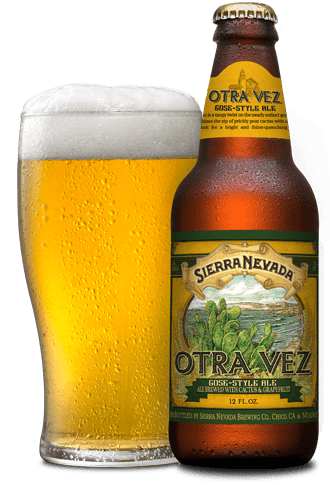
Sierra Nevada OTRA VEZ™

Sierra Nevada adds a new beer to its available year round line up and that they chose a gose style beer is a testimony to the strength of the sour beer trend in the U.S. As is tradition in gose beers, this is based from part malt and part wheat. The sourness from the lactobacillus is aided by the addition of tangy prickly pear cactus. I am generally not a fan of brewers putting things into my beer no matter how historically based the idea might be, but this was so well integrated, I would have never picked it out as having any additives. Well done Sierra Nevada. The acidity is incredibly refreshing and at only 4.5% alcohol it is light bodied enough to enjoy a few during a quaffing session.